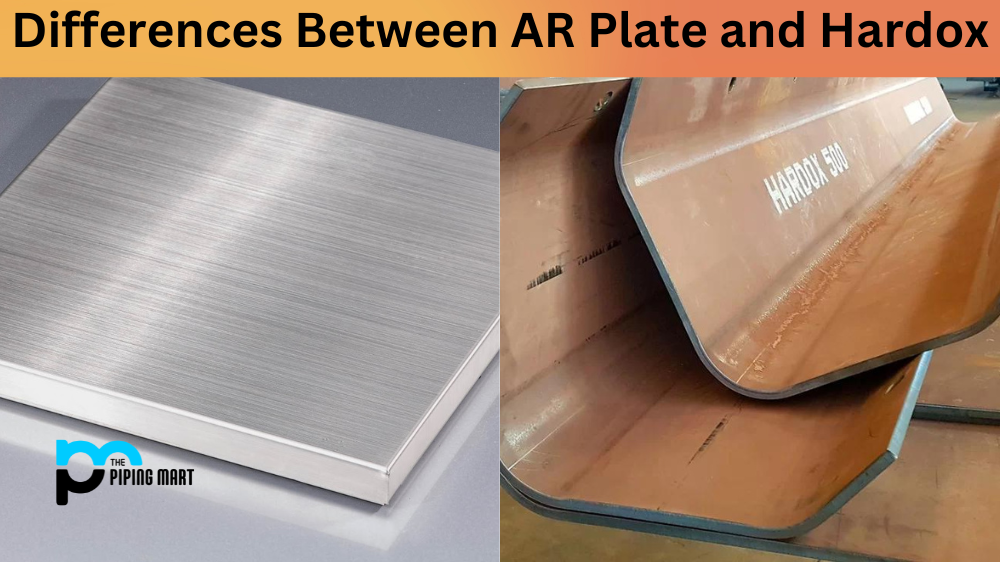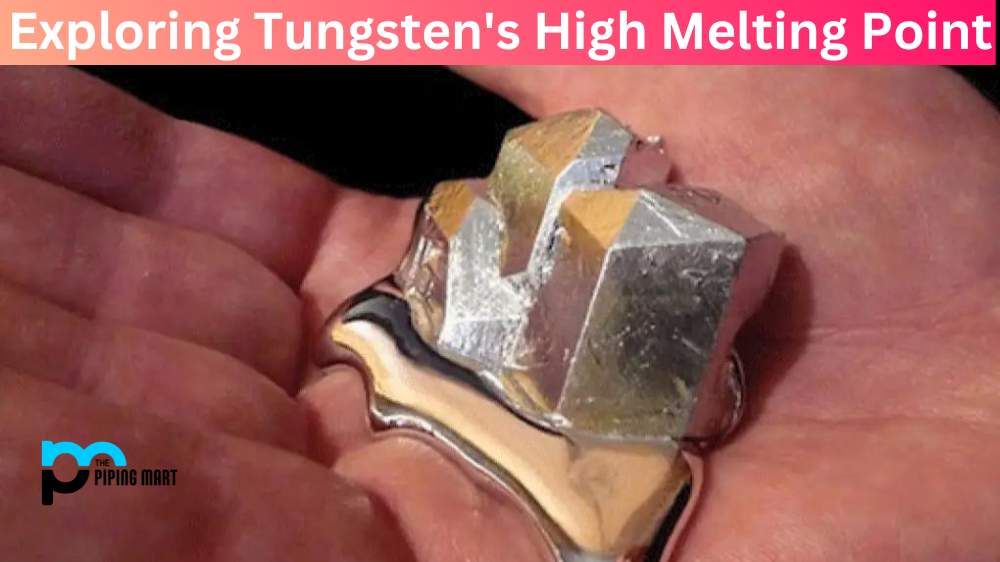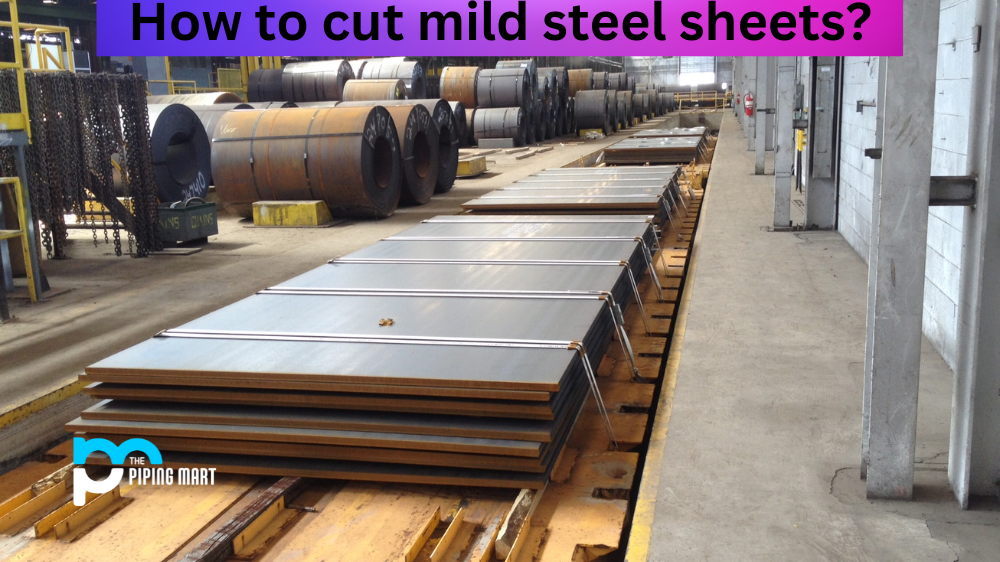Steel is essential in several industries that require durable, sturdy, and wear-resistant equipment and machinery. Steel components must withstand harsh and challenging conditions in manufacturing, mining, agriculture, construction, and energy industries. That’s why steel plates designed for wear resistance are critical to ensure safe, efficient, and reliable operations. AR plate and Hardox are well-known steel plate brands that are often compared, and this blog aims to help you understand the differences.
What is AR Plate?
Abrasion-resistant (AR) plates are designed to withstand abrasion or friction. They are commonly used in the mining, construction, and industrial sectors. AR plates have a high tensile and yield strength, making them tough enough to withstand heavy loads and impacts. They are also weldable, meaning they can make complex components. AR plates are cheaper than many other types of wear-resistant plates and are typically made from low-carbon steel.
What is Hardox?
Hardox is another wear-resistant steel plate manufactured by SSAB, a Swedish steelmaker. It is known for its outstanding strength, hardness, and toughness. Hardox is made from ultra-hard steel alloy, tempered at a high temperature using a unique quenching and tempering process. This process improves the plate’s properties, making it more resistant to wear, abrasion, and deformation. Hardox is also weldable and can be used to manufacture various components.
Differences between AR Plate and Hardox
AR plate and Hardox steel plates look similar and have comparable properties such as high strength, toughness, and wear resistance. However, there are essential differences between the two. Firstly, Hardox plates are more resistant to wear and abrasion than AR plates. This is due to the unique quenching and tempering process that hardens the plate’s surface while retaining flexibility. Secondly, Hardox leaves have a more uniform hardness, which ensures consistent performance over the plate’s entire surface. AR plates do not have this property as they are constructed using low-carbon steel with varying hardness.
Chemical Composition
One of the primary differences between AR plate and Hardox is the chemical composition. Hardox is a high-strength steel containing a higher carbon percentage than an AR plate. This makes Hardox harder and more resistant to wear and tear.
Tensile Strength
Another difference between the AR plate and Hardox is the tensile strength. Hardox has a higher tensile strength than AR plate, meaning it can withstand more force before breaking.
Yield Strength
Hardox also has a higher yield strength than AR plate. Yield strength is the amount of force required to cause a material to deform permanently. This makes Hardox less likely to deform under heavy loads.
Impact Resistance
Hardox is also more impact resistant than AR plate. This means it can better withstand sudden forces or shocks, making it ideal for applications such as construction or mining, where there is a risk of impact damage.
Cost
Finally, another difference between AR plate and Hardox is the cost. Hardox is typically more expensive than AR plate due to the higher carbon content and manufacturing process.
Another difference between AR plates and Hardox is that Hardox typically costs more than AR plates due to its superior properties and manufacturing process. However, many industries consider Hardox an investment due to its long lifespan, translating into fewer replacements and lower maintenance costs.
Conclusion
In conclusion, choosing between AR plate and Hardox depends on the specific application and required conditions. The key differences between AR plate and Hardox are their resistance to wear and abrasion, hardness, and price points. Although they share many similarities, choosing a steel plate brand that offers the right balance of cost and durability is essential. Whichever plate you choose, you can rest assured that you’ll invest in a reliable, sturdy, and long-lasting component that will withstand harsh and challenging conditions.




